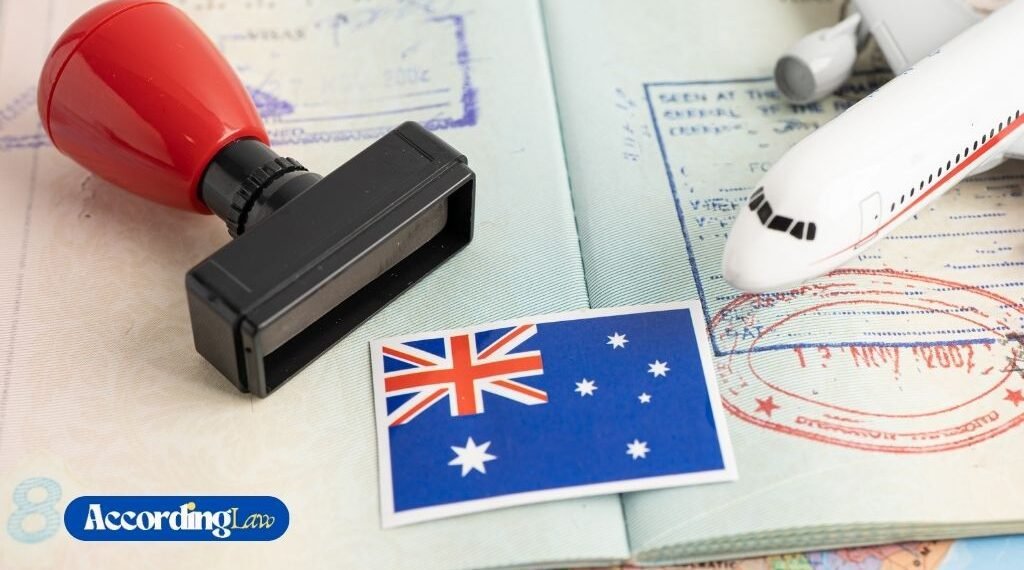Australia’s keeping its permanent migration intake steady at roughly 195,000 spots for both the 2024–25 and 2025–26 program years. Most of those places still go to skilled workers or people backed by employers, with a strong focus on filling jobs outside the big city hubs. In simple terms, it’s still a competitive field — but if you’re willing to look at regional areas, you’ll find some genuine openings that might actually make the process smoother.
Permanent Migration
The government is keeping the migration limit steady at about 195,000 spots for the 2024–25 and 2025–26 periods. Most of these are still aimed at skilled workers and employer-sponsored applicants, with a strong push to fill jobs outside the big city centers. Simply put, it’s still pretty competitive, but if you’re open to moving to regional areas, there are some great chances to make your move happen.
Skilled Visas
Several skilled subclasses have been adjusted, think the Skilled Independent (189), Employer Nomination (186), and Regional Sponsored (187). Minimum salary floors are higher now, and the occupation lists prioritize health, engineering and tech roles. If the policy language makes your head spin, get a quick reality-check from migration lawyers Sydney, they’ll tell you what actually matters for your score and whether a nomination route is worth pursuing.
Property and Settlement
If buying a home is part of your plan, don’t leave the legal side till the last minute. Conveyancers Brisbane are used to helping new arrivals navigate deposits, contracts, and settlement timelines (and the little quirks that differ by state). A tidy settlement process makes everything else, including work, study, and family life, much easier to manage.
Students: Faster Lanes and Tighter Checks
Student visas now get processed in two tiers: priority fields (those that align with workforce needs) move quicker; the rest follow normal timelines. Fees are up, and the government has tightened proof-of-funds and English requirements. Translation: plan your finances and tests earlier than you think — don’t assume “I’ll do that next month.”
Fees and Budgeting
Across many visa streams, application fees have nudged up. The stated goal is better-funded processing and fewer delays, but the practical effect is that you should budget a bit more than in past years and double-check the Home Affairs fee tables before you hit “submit.”
English Standards: Slightly Higher Bars
English test scores are stricter in several streams, with transitional rules for earlier applicants. If your job or course requires fluent English, get your test booked early. Employers and course providers notice the difference, and so will case officers.
Temporary and Family Visas: Small Changes with Big Impacts
Working-holiday and some short-term skilled streams have updated quotas and finer eligibility rules. Family and partner visas are being prioritized more efficiently now — which means some queues are shortening. Still, collect your evidence early (photos, joint accounts, messages), those little details speed things up when your caseworker asks for proof.
Practical Checklist
Final thought
The 2025 changes tighten up some rules and open clearer pathways in others. It’s a bit more work up front, but also (if you plan right) a lot more certainty.


